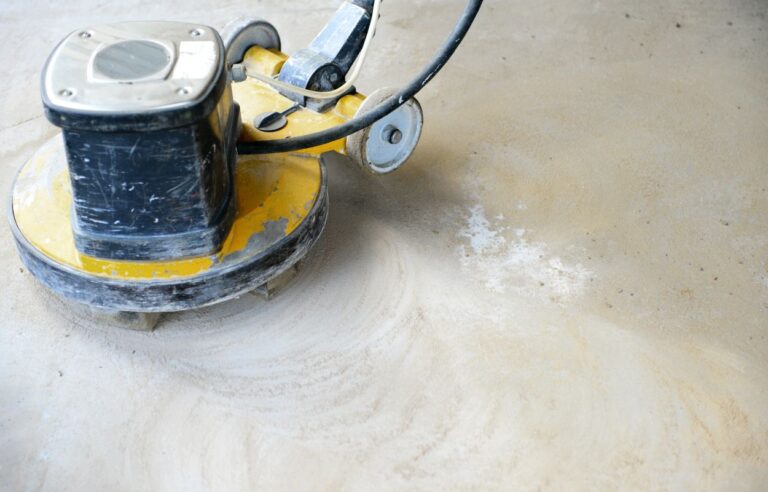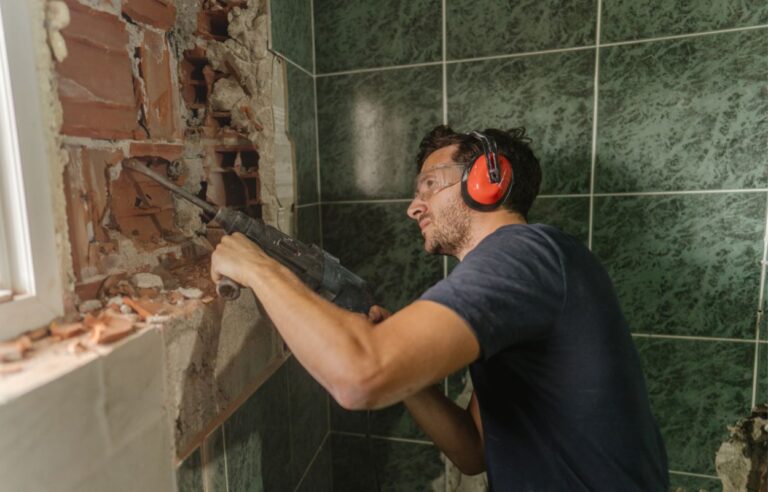
When it comes to dealing with asbestos in your building, you might feel overwhelmed by the choices available. Two of the most common methods are asbestos abatement and encapsulation. Both approaches have their benefits, but which one is right for your situation? Let’s break it down in a friendly and straightforward way.
UNDERSTANDING ASBESTOS
Before diving into the solutions, it’s essential to understand what asbestos is and why it’s a concern. Asbestos is a naturally occurring mineral that was widely used in construction materials due to its strength and resistance to heat. However, it has been linked to serious health issues, including lung cancer and mesothelioma, when inhaled. Because of these dangers, managing asbestos safely is crucial for any building owner.
WHAT IS ASBESTOS ABATEMENT?
Asbestos abatement is the complete removal of asbestos materials from a building. This process typically involves several steps, including inspection, containment, removal, and cleanup.
Pros of Asbestos Abatement
The primary advantage of abatement is that it completely eliminates the asbestos hazard from your building. Once removed, you can rest easy knowing there are no asbestos materials left to pose a risk.
Removing asbestos can enhance your property’s value. Many buyers are hesitant to purchase buildings with known asbestos issues, so abatement can make your property more appealing.
Knowing that your building is free from hazardous materials provides peace of mind for you and your occupants.
Cons of Asbestos Abatement
One of the significant drawbacks of asbestos abatement is the cost. Removing asbestos can be expensive, often requiring specialized contractors and safety equipment.
The removal process can be disruptive. It may involve closing off areas of your building for extended periods, which can impact daily operations.
If not done correctly, removal can release asbestos fibers into the air, posing risks to workers and nearby occupants. Therefore, hiring a qualified professional is essential.
WHAT IS ENCAPSULATION?
Encapsulation, on the other hand, involves sealing asbestos-containing materials to prevent the release of fibers. This can be done using special paints, coatings, or wraps designed to contain the asbestos safely.
Pros of Encapsulation
Encapsulation is often less expensive than complete removal. Since you’re not tearing down walls or taking out materials, you can save a lot of money.
Because encapsulation doesn’t require extensive demolition, it usually leads to less disruption in your building. You can maintain daily operations without significant interruptions.
The process is generally quicker than removal, allowing you to address the issue promptly.
Cons of Encapsulation
Encapsulation is not a permanent solution. Over time, the encapsulating materials can wear down, requiring maintenance or re-application.
You must regularly check encapsulated areas to ensure they remain intact. If the encapsulation fails, asbestos fibers can be released.
If the asbestos is in poor condition or subject to disturbance, encapsulation may not be a safe option. In such cases, abatement might be necessary.
WHICH SOLUTION IS RIGHT FOR YOUR BUILDING?
Choosing between asbestos abatement and encapsulation depends on several factors. Here are some considerations to help you make the best decision for your building:
Condition of Asbestos
If the asbestos materials are in good condition and undisturbed, encapsulation might be a viable option. However, if the materials are damaged or at risk of disturbance, abatement is likely the safer choice. Always get a professional assessment to determine the condition of the asbestos.
Budget
Consider your budget for asbestos management. If cost is a primary concern, encapsulation may be the better option. It’s essential to weigh the initial costs against the long-term benefits and potential risks.
Future Plans for the Building
Think about your future plans for the building. If you plan to renovate or remodel, asbestos abatement might be necessary. On the other hand, if the building will remain largely unchanged, encapsulation could suffice.
Local Regulations
Check local regulations regarding asbestos management. In some cases, laws may dictate how asbestos must be handled, which could influence your decision.
If you’re in Victoria, you should research regulations specific to asbestos abatement in Victoria. Compliance is crucial to avoid legal issues and ensure the safety of your building’s occupants.
Professional Guidance
When in doubt, consult with a professional who specializes in asbestos management. They can help you assess your specific situation and recommend the best course of action.
Deciding between asbestos abatement and encapsulation doesn’t have to be a daunting task. Both solutions have their pros and cons, and the best choice depends on your building’s unique circumstances. If you aim for complete removal and long-term safety, asbestos abatement in Victoria may be the way to go. However, if you need a quicker, more cost-effective solution, encapsulation might fit the bill.
Remember to always prioritize safety and compliance with local regulations. Consulting a qualified professional can provide the peace of mind you need as you navigate this important decision. Whichever route you choose, ensuring the safety of your building and its occupants should always be your top priority.





